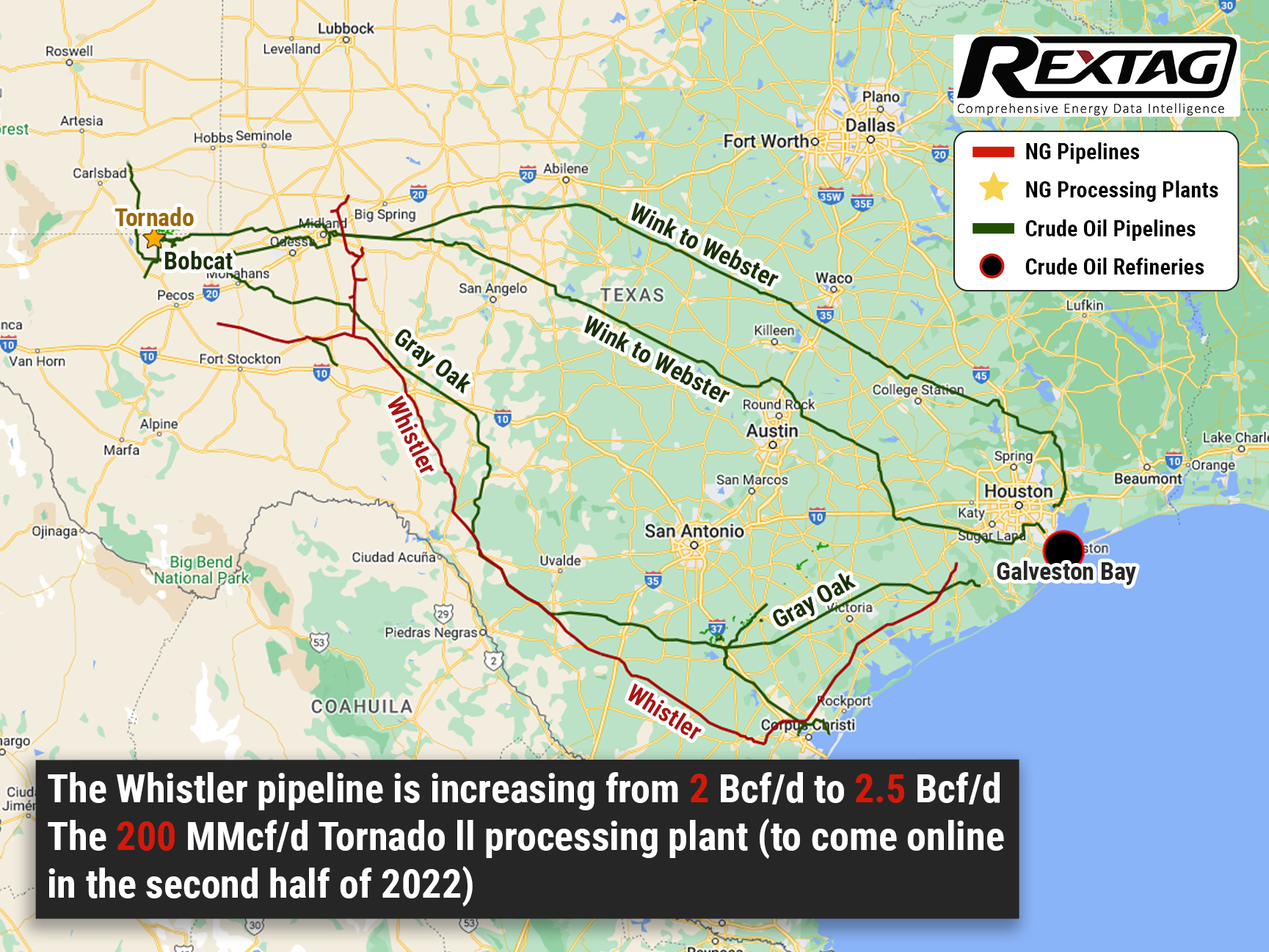Blog
Since days when shale oil and gas technologies were discovered, the U.S. energy industry has been evolving more rapidly than ever before. Many changes are amazing especially when you put them on an industry map. At Rextag not only do we keep you aware of major projects such as pipelines or LNG terminals placed in service. Even less significant news are still important to us, be it new wells drilled or processing plants put to regular maintenance.
Daily improvements often come unnoticed but you can still follow these together with us. Our main input is to “clip it” to the related map: map of crude oil refineries or that of natural gas compressor stations. Where do you get and follow your important industry news? Maybe you are subscribed to your favorite social media feeds or industry journals. Whatever your choice is, you are looking for the story. What happened? Who made it happen? WHY does this matter? (Remember, it is all about ‘What’s in It For Me’ (WIIFM) principle).
How Rextag blog helps? Here we are concerned with looking at things both CLOSELY and FROM A DISTANCE.
"Looking closely" means reflecting where exactly the object is located.
"From a distance" means helping you see a broader picture.
New power plant added in North-East? See exactly what kind of transmission lines approach it and where do they go. Are there other power plants around? GIS data do not come as a mere dot on a map. We collect so many additional data attributes: operator and owner records, physical parameters and production data. Sometimes you will be lucky to grab some specific area maps we share on our blog. Often, there is data behind it as well. Who are top midstream operators in Permian this year? What mileage falls to the share or Kinder Morgan in the San-Juan basin? Do you know? Do you want to know?
All right, then let us see WHERE things happen. Read this blog, capture the energy infrastructure mapped and stay aware with Rextag data!
Significant Growth of MPLX; Pipeline Throughput Raised by 6%
According to a midstream oil and natural gas company release on August 2, MPLXLP has increased total pipeline throughputs by 6% in the second quarter of 2022 and terminal throughput by 4%, versus year-ago levels. In an earnings statement of MPLX, the total pipeline throughputs were 5.9 million bbl/d, with terminal throughput of 3.1 million bbl/d for the second quarter. The company reported a net income of $875 million and adjusted earnings of $1.457 million in the second quarter, both higher than in the same period of 2021. Gathered volumes grew up by 11% from year-ago levels to an average of 5.6 Bcf/d. In the Marcellusregion, gathered volumes fell 1% compared to year-ago levels to an average of 1.3 Bcf/d. MPLX is expanding several projects, including in the Permian Basin where the Whistler pipeline is increasing from 2 Bcf/d to 2.5 Bcf/d, in addition to lateral pipelines into the Midland Basin and Corpus Christi domestic and export markets. Moreover, the construction is also maintained on the 200 MMcf/d Tornado ll processing plant, which MPLX anticipates coming online in the second half of 2022. Additionally, 68,000 bbl/d Smithburg de-ethanizer project in the Marcellus is expected to come online in the third quarter.
